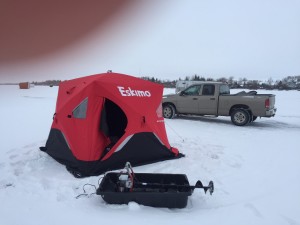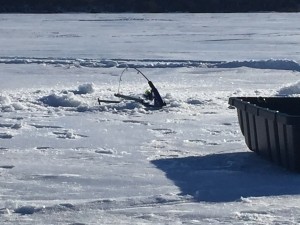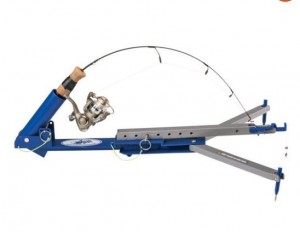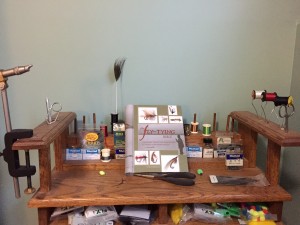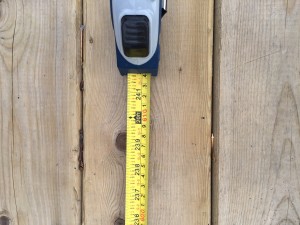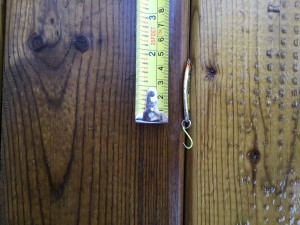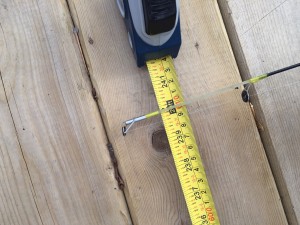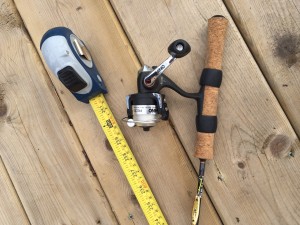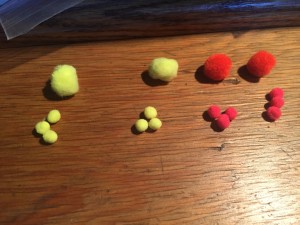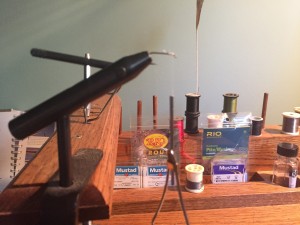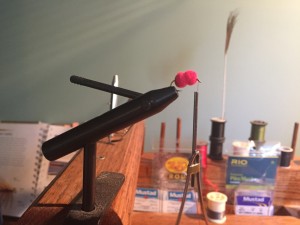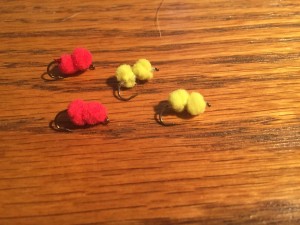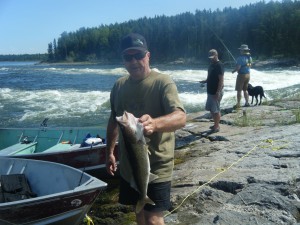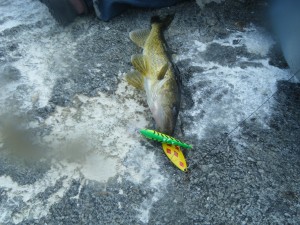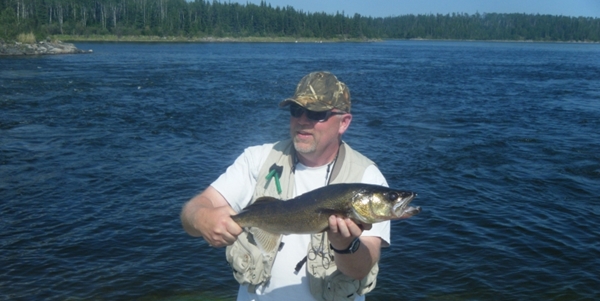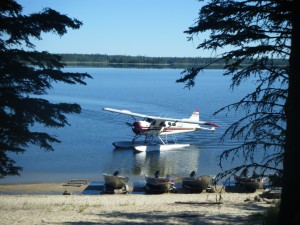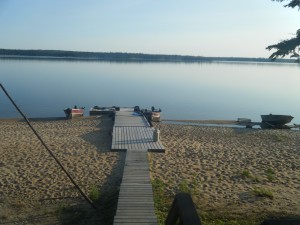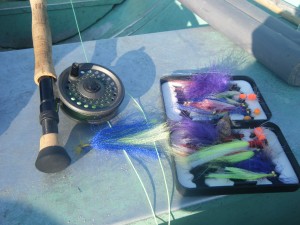With the recent blizzard rolling across Saskatchewan and Manitoba, it’s hard to imagine the the ice shack removal dates are quickly approaching.
Fishing last weekend and earlier this week in central Saskatchewan, the ice was over 3 feet thick, approaching 3-1/2 feet, nearly at the limits of my ice auger shaft. Even with the recently mild weather, prior to the blizzard we had highs approaching 10 degrees, we haven’t lost any ice yet, just snow melt on top of the ice.
Manitoba Ice Shelter Removal Dates
In Manitoba, ice-fishing shelters must be removed by March 12 on the Red River, March 31 across the rest of southern Manitoba and by April 15 for the rest of Manitoba.
Saskatchewan Ice Shelter Removal Dates
In Saskatchewan, ice fishing shacks must be removed by March 15 in the South Fishing Zone and March 31st in the North.
In most area, the use of pop-up shelters (such as shown below) are permitted up to the end of March, as long as the shelter is erected and removed during the same day outing. That is, it can not be left unattended.
Remember, despite the annual dates that are posted by the provincial governments regarding ice-shack removal dates, always check the thickness of ice before going out. Never walk on ice that is less than 10 cm (4 in.) thick and do not drive on ice that is less than 30 cm (12 in.) thick.

